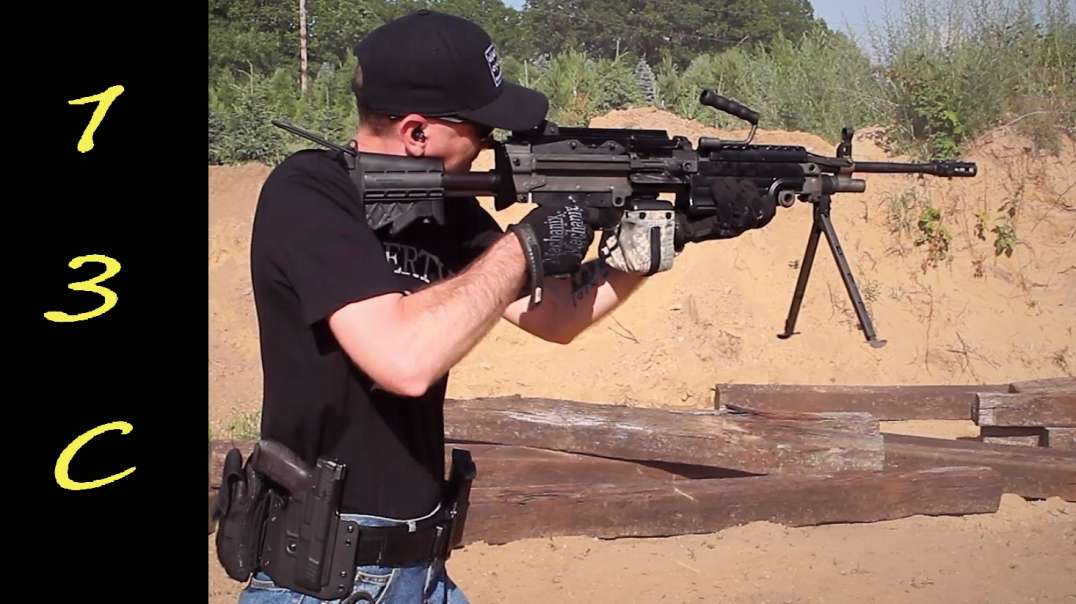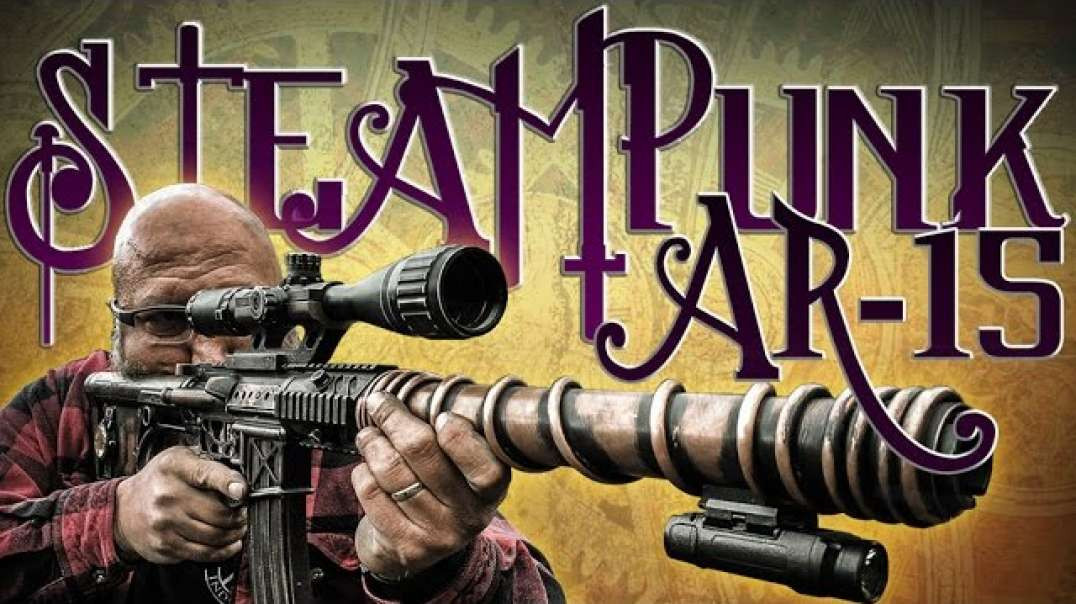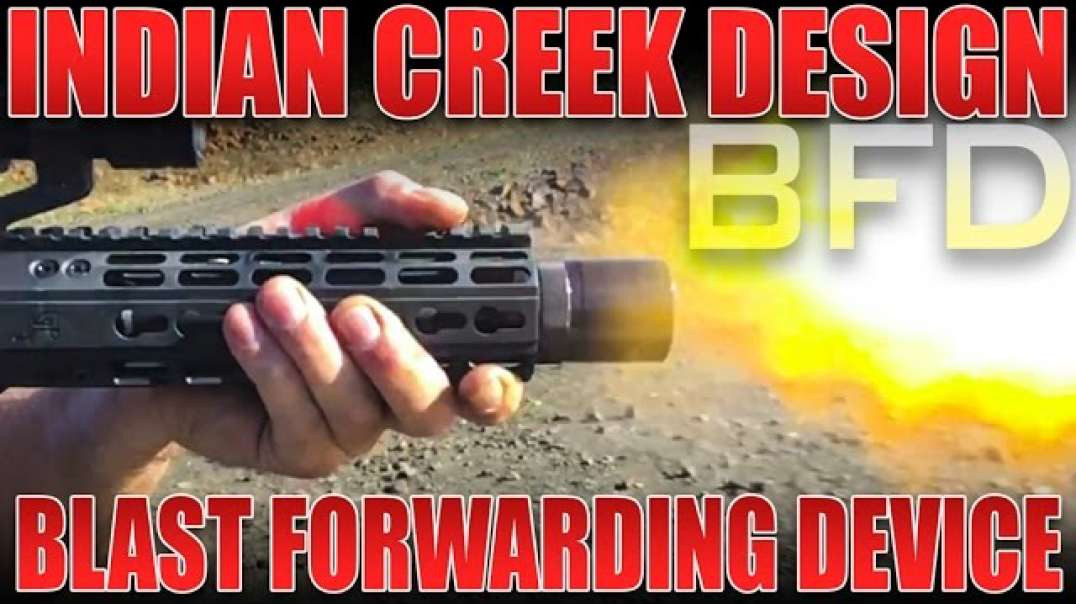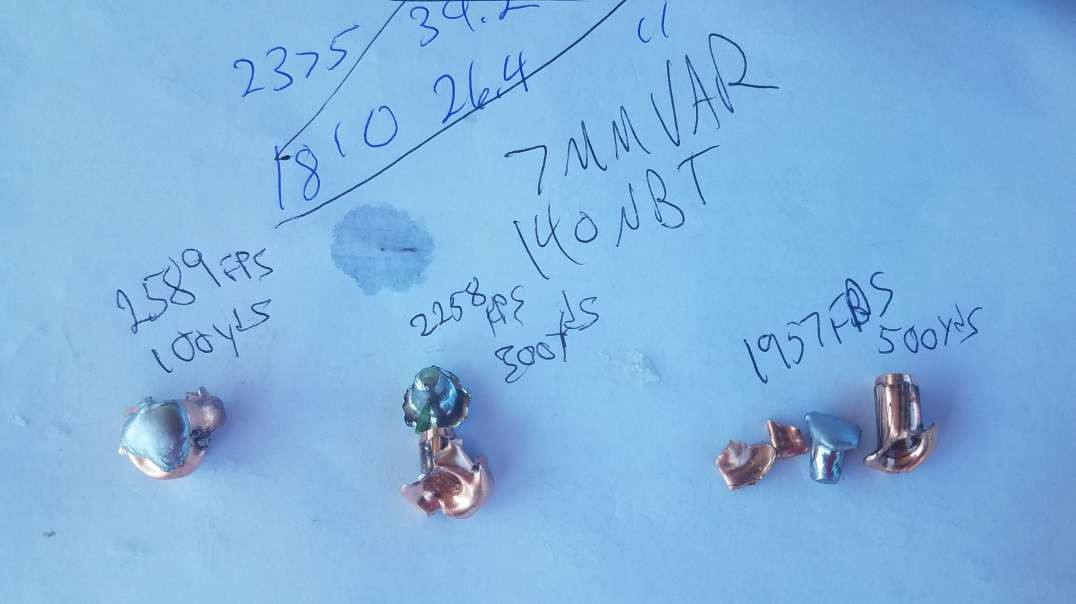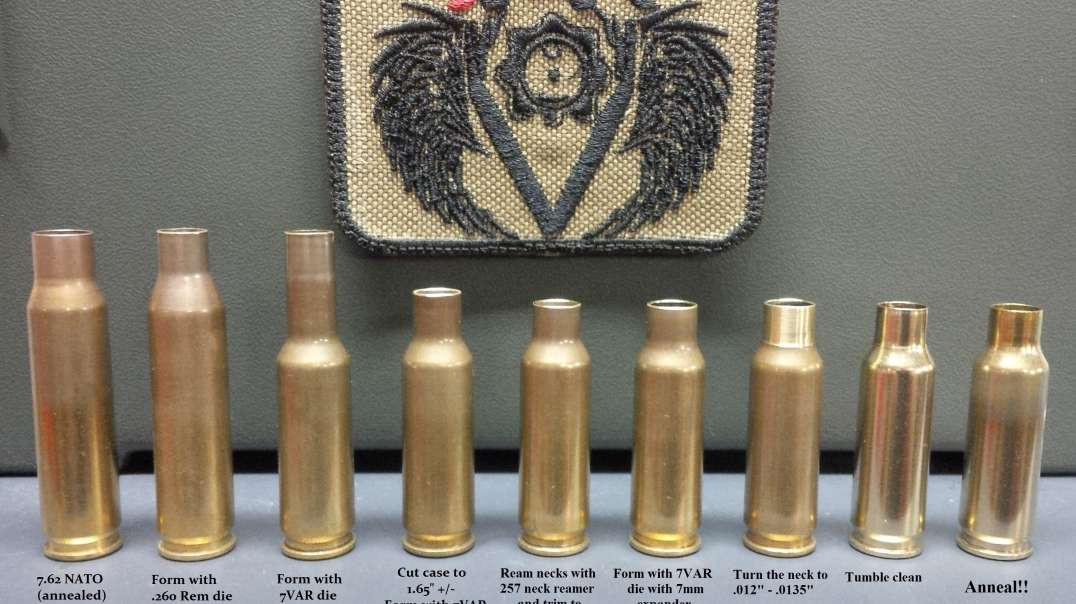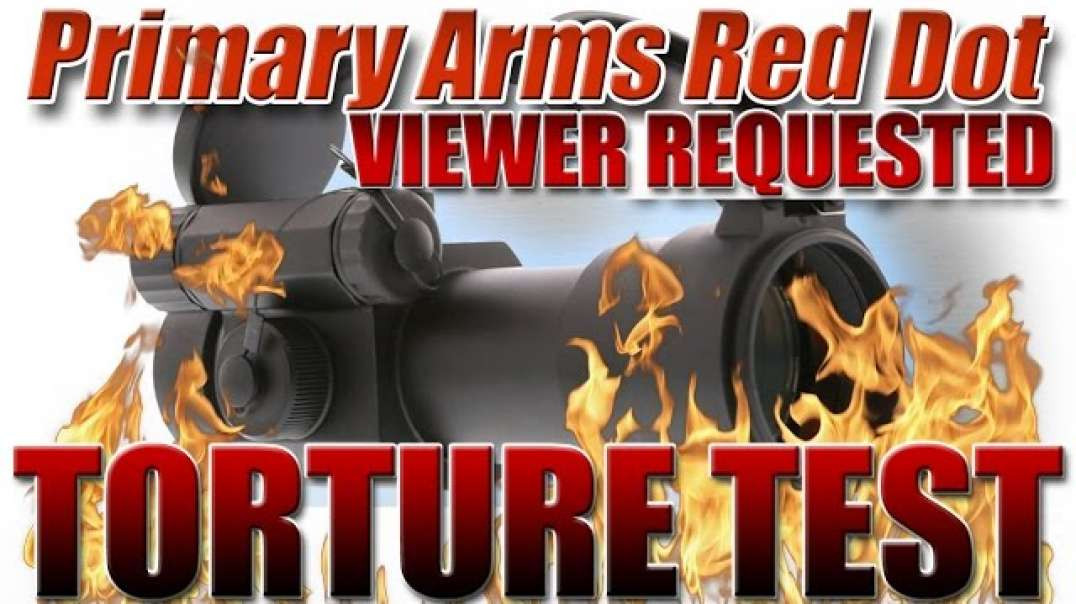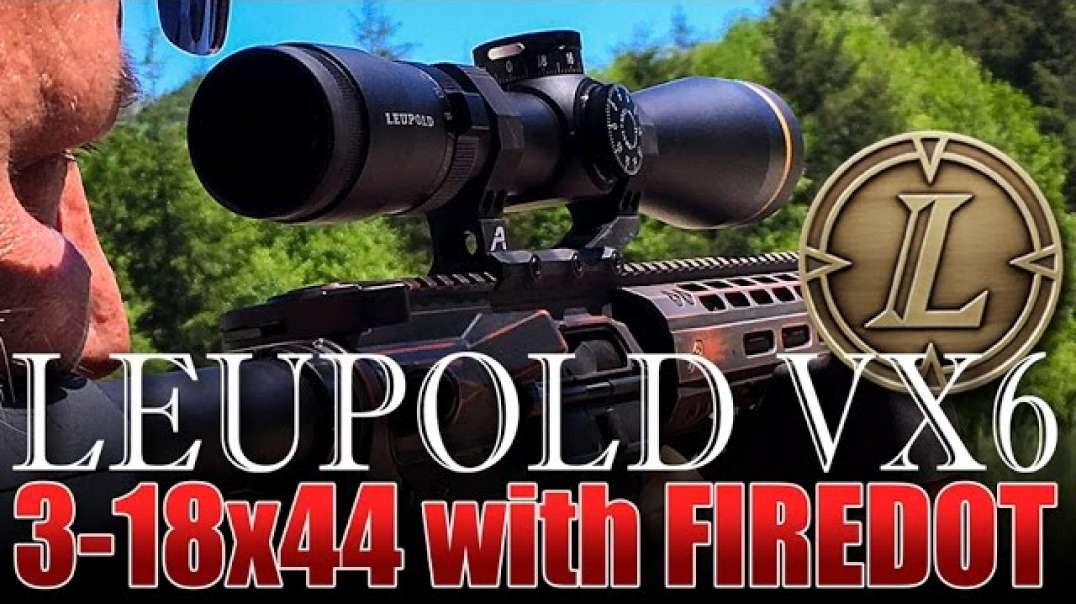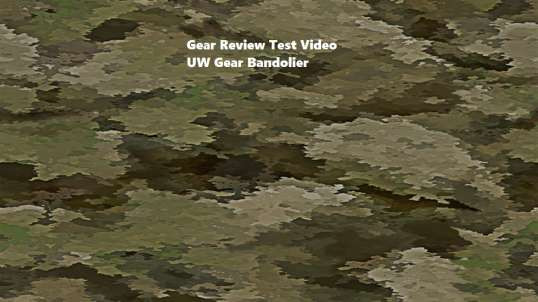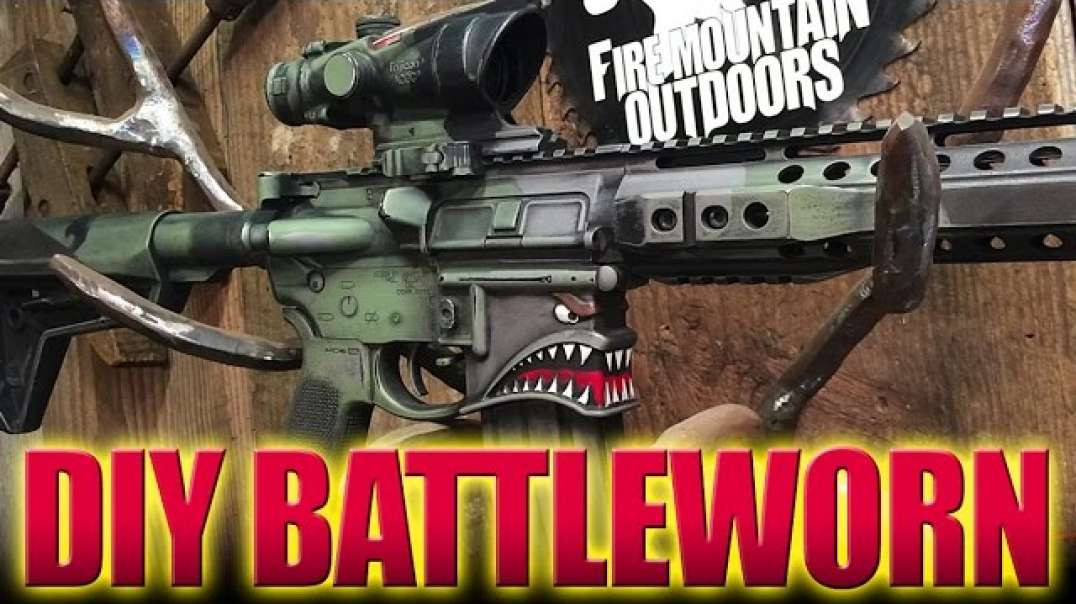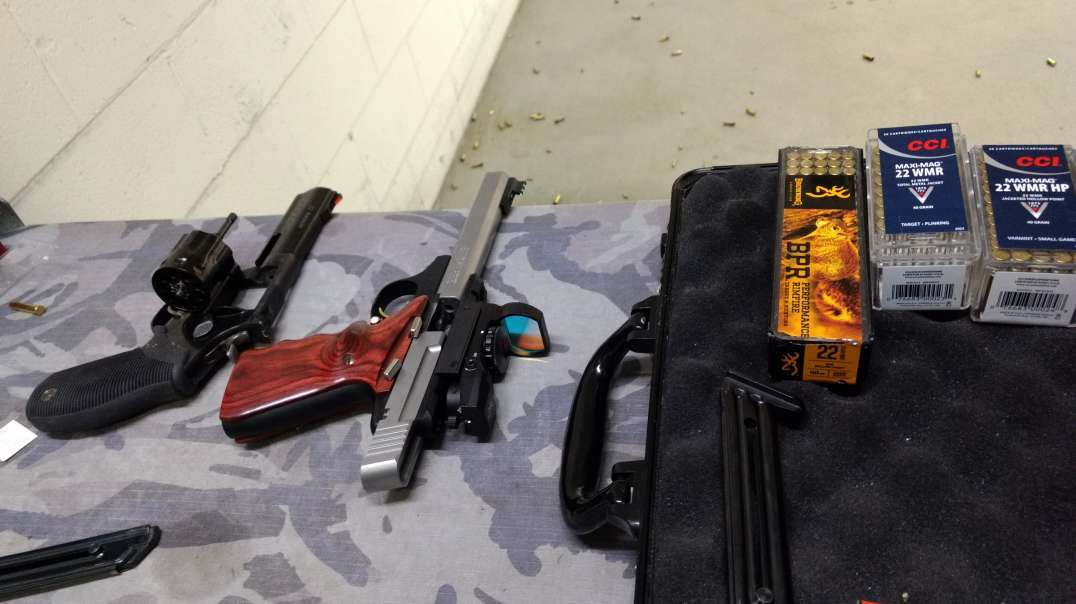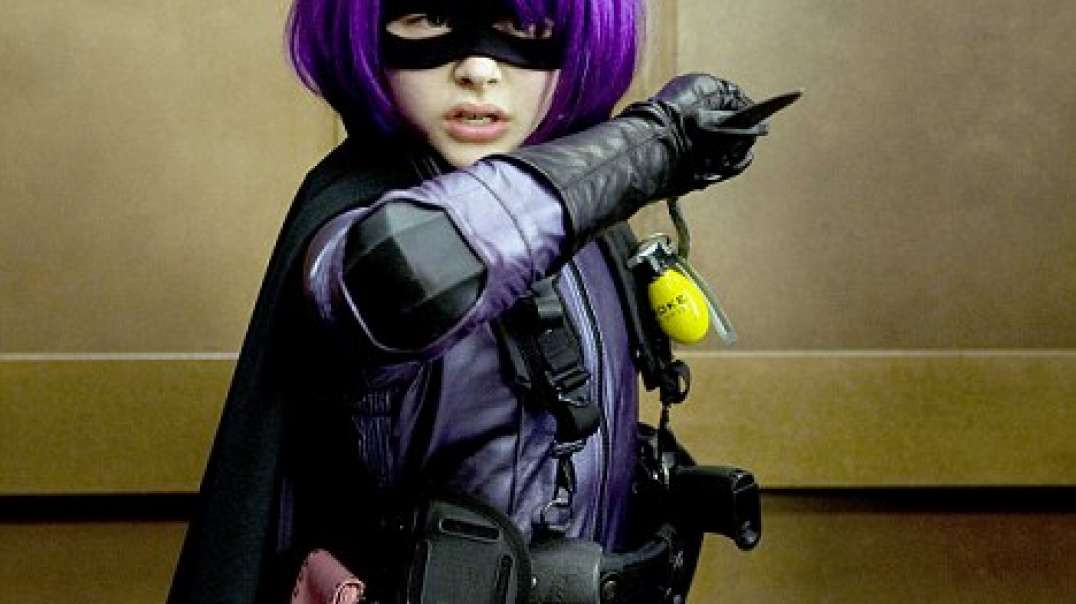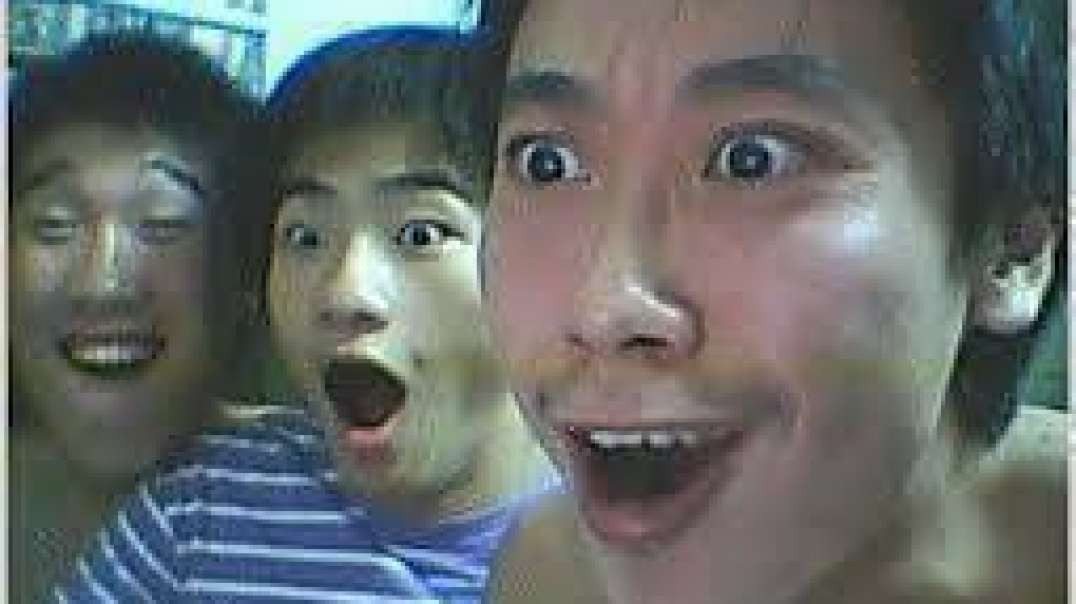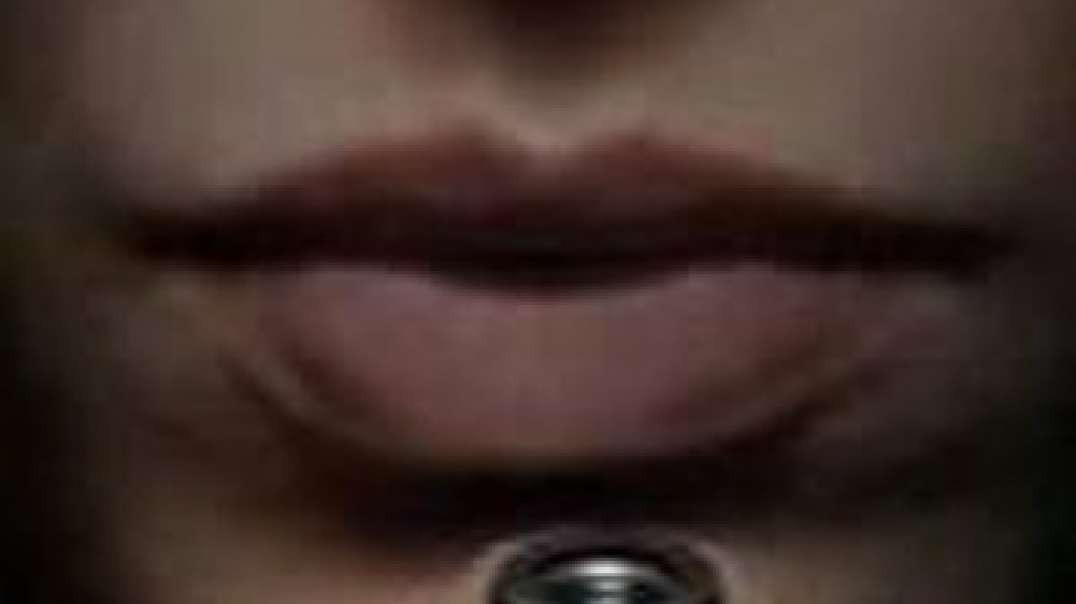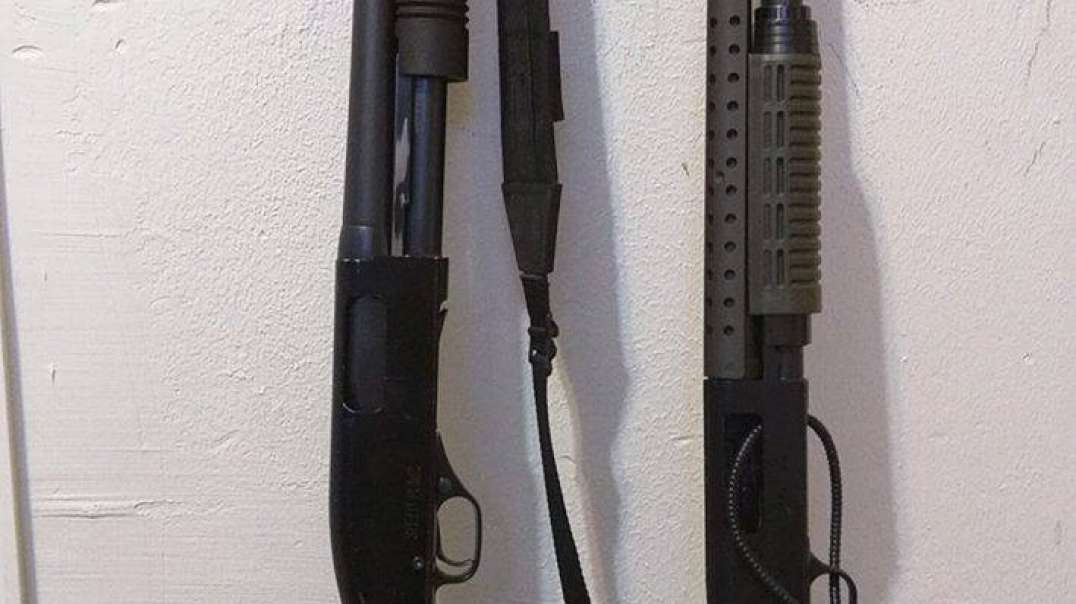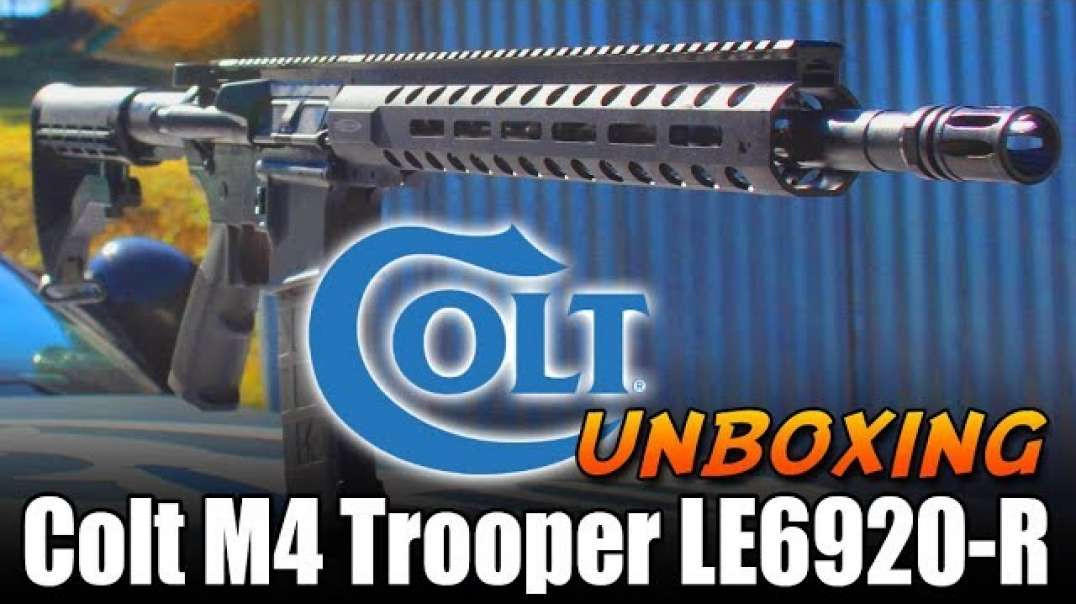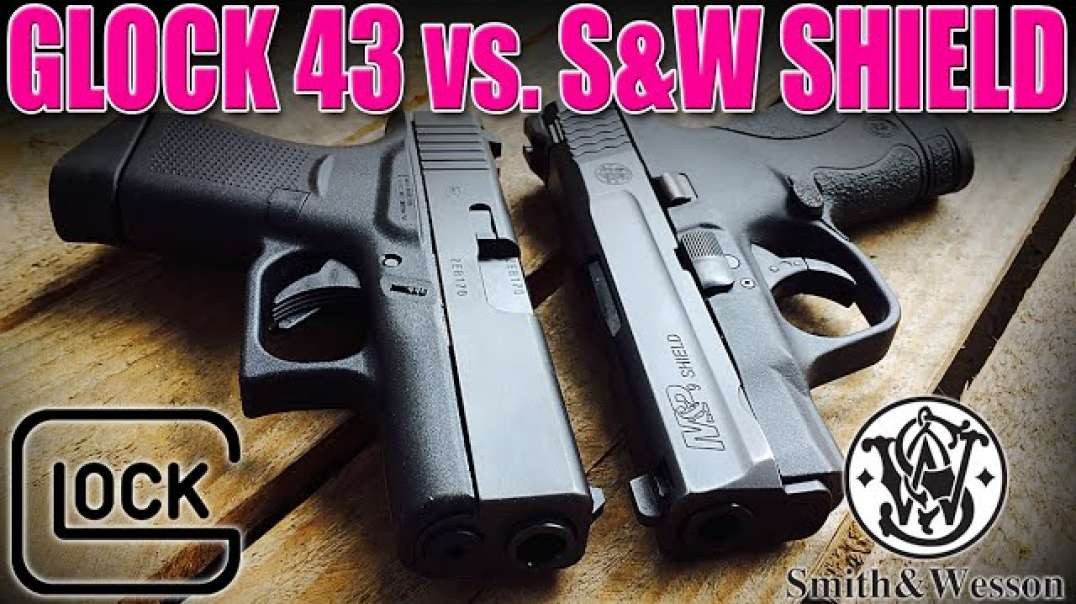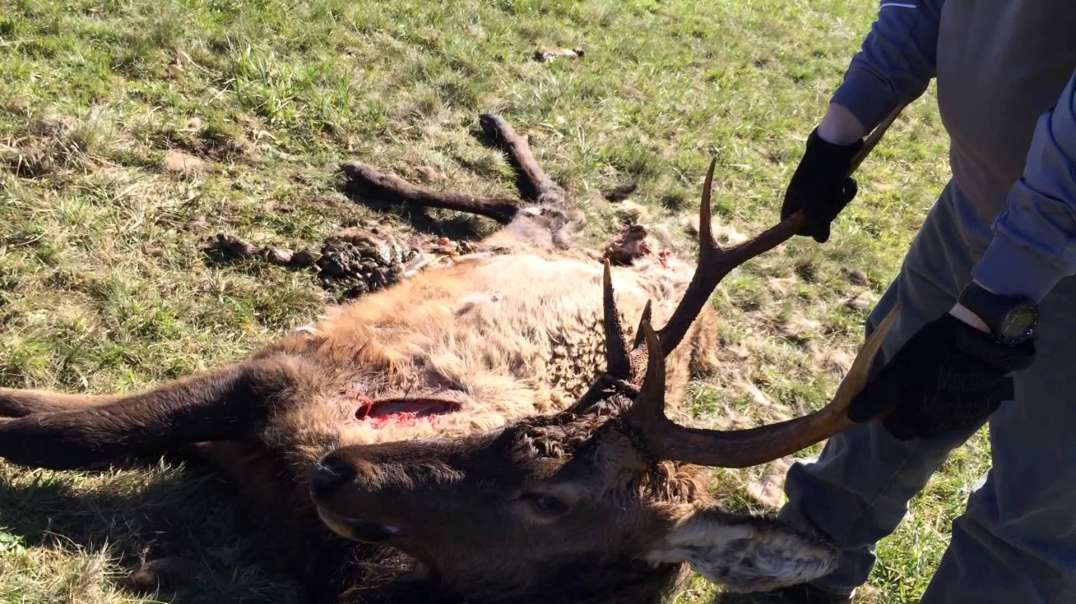mozambique drill
Jeff Cooper ("Father of the Modern Technique of Handgun Shooting") developed this classic drill after hearing of his student's experience in Mozambique. His friend was involved in fighting around the airport there and was confronted by a terrorist carrying an AK47. The terrorist was walking toward him at about 10 paces away and his friend used his BHP 9mm to place two hits centermass, one on each side of the terrorist's breastbone. He expected his adversary to drop, but nothing happened, and the man continued to close. So then he tried a head shot, but he was stressed and hit the terrorist between the collar bones and severed his spinal cord, stopping the fight. Cooper recognized the effects of a bullet striking the human body and how it depends greatly on which organ is struck during penetration. He recognized that a bullet striking the brain kills the assailant almost without exception. He popularized the term "Mozambique Drill" based on his technique of shooting two rounds to the center of the torso, followed by a pause and assessment of the situation, and then a more carefully aimed shot to the head, specifically, in the "fatal triangle" formed between the eyes and the base of the nose, where the head shot is required to enter. Any other head shot has a generally higher chance of being non-debilitating because of striking thicker cranial bones or the teeth. Under nearly any condition, engaging an assailant with the Mozambique Drill should offer a high probability that one's assailant will be stopped permanently, providing a major-caliber pistol is used and the subject is not wearing body armor, according to Cooper.
Cooper said "However, simply chanting "˜two in the body, one in the head' oversimplifies matters, since it takes considerably longer to be absolutely sure of a head shot than it does to be quite sure of two shots in the thorax. The problem for the shooter is to change his pace, going just as fast as he can with his first pair, then, pausing to observe results or lack thereof, he must slow down and shoot precisely the head shot. This is not easy to do. The beginner tends to fire all three shots at the same speed, which is either too slow for the body shots or too fast for the head shot. This change of pace calls for concentration and coordination which can only be developed through practice." Some disagree with this pausing to observe results, saying that the shooter should place two shots to the chest area, then automatically and immediately shoot the head shot. Stopping to evaluate against a bad guy could use precious life-saving time for you to stop the threat. I think Cooper meant the pause to be very short and for the shooter to slow down to ensure a head shot hit.
Reset Point Advantage TIP
With this drill and others to follow, you must make quick and accurate follow-up shots. On any self-cocking handgun, when you fire a shot and release the trigger, the trigger begins to go back to its starting position in anticipation of firing the next shot. The trigger first passes to a point where it resets itself (you can usually subtly hear and feel the sear click if you focus) and then on to the end of whatever trigger cycle you have. If you completely release the trigger after the shot, as beginning shooters usually do, you have to start your trigger press all over again for the subsequent shot. Recognize that it is important to maintain contact between your trigger finger and the gun's trigger throughout the entire firing sequence. There is a reset point advantage if the shooter (1) keeps the trigger pressed back as the gun fires (PIN the trigger) and then (2) follow (RIDE) the recoil down with the trigger finger never leaving the trigger, then (3) allowing the finger to move a little forward to just reach the gun's reset point, and then (4) fire the follow-up shot immediately. This follow-through fundamental allows a much more smooth movement allowing quicker follow-up shots with little wasted effort, time, and energy. Hope this helps you. I am still practicing it.
Mozambique Stages:
Range: 3 yards to start (progress to 5, 7, and 10 yards after success)
Target: 1 IPSC or IDPA target (I may use a 9"³ paper plate for body target and 4"³x 5"³ index card for head)
Start position: Facing target; hands at sides; handgun concealed in holster
Rounds fired: 3 rounds to target (2 body shots and then 1 head shot)
Goal: Complete drill accurately with time not a major factor on head shot; draw and rapid fire 2 body shots and 1 head shot slow fire in 4 seconds. Any string with less than all 3 hits in designated areas is a fail.

